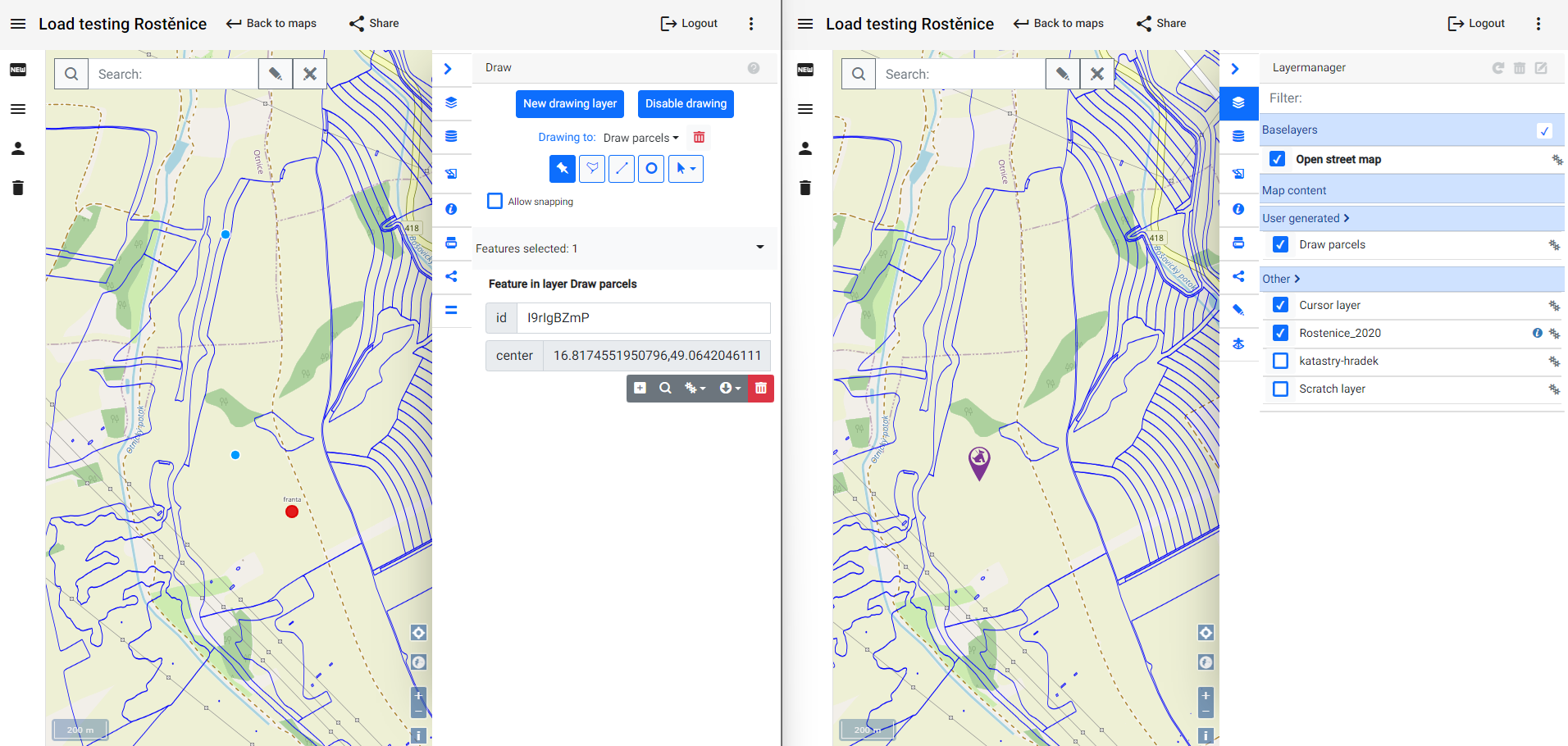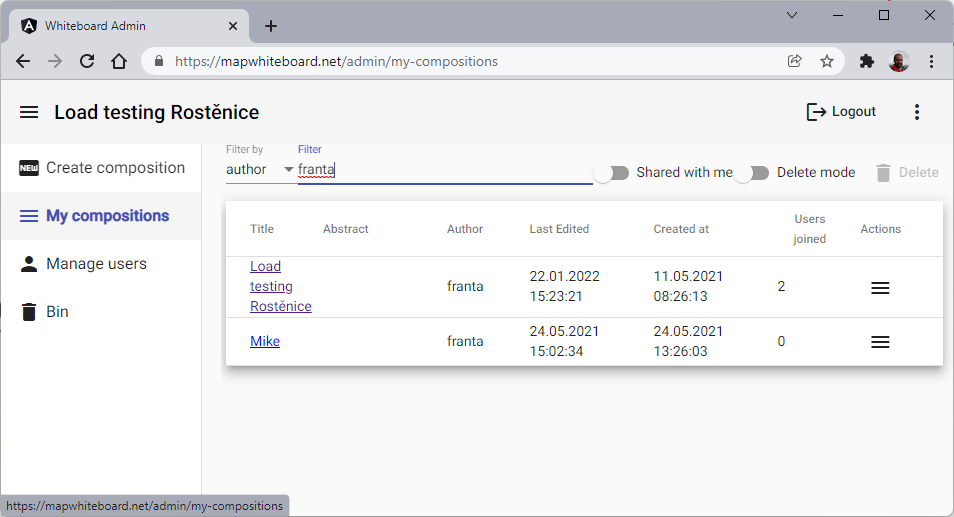User Stories
The concept of a “Map Whiteboard” was originally conceived as a “Google Docs for Maps”. To understand why that is useful and how it adds value to existing processes, we start by describing three user stories. Each story describes how the concept fits into an existing process, augments it, and improves the quality, timeliness or costs relative to the present situation.


